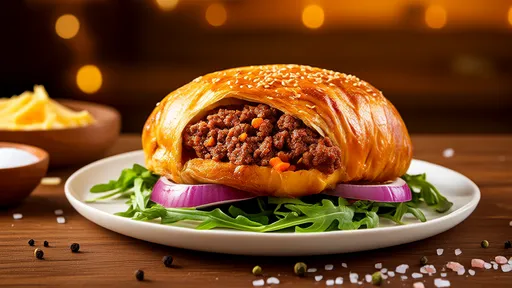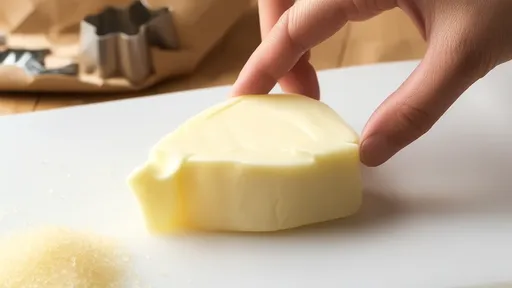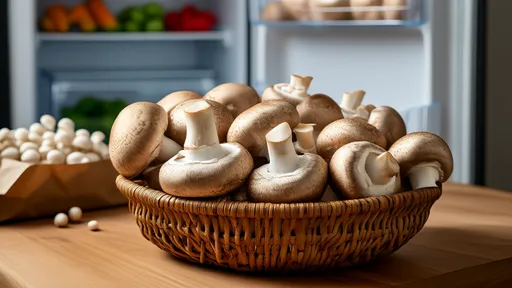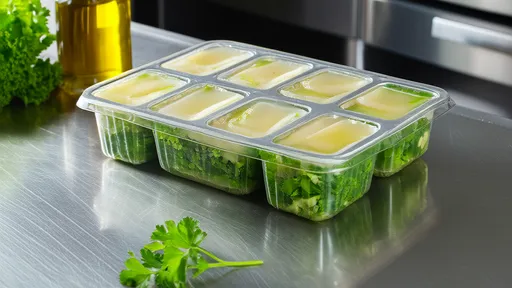Macaron enthusiasts and professional bakers alike know that achieving the perfect macaron is no easy feat. Among the many critical steps in the process, drying the shells—often referred to as "resting" or "forming a skin"—is one of the most crucial yet misunderstood stages. The rule of thumb is simple: the macaron shells are ready when they no longer feel sticky to the touch. But what lies beneath this seemingly straightforward guideline? Let’s delve deeper into the science, artistry, and common pitfalls of macaron drying.
The drying phase occurs after piping the macaron batter onto a baking sheet and before baking. During this time, the shells are left uncovered at room temperature to develop a thin, dry layer on the surface. This step is essential because it ensures that the macarons rise evenly in the oven, creating the iconic smooth top and ruffled "feet" at the base. If the shells are not dried properly, they may crack, stick, or fail to develop feet, leaving bakers with a disappointing result.
So why does the "no stickiness" test work? When the macaron batter is first piped, it has a high moisture content. As it rests, moisture evaporates from the surface, forming a delicate skin. When this skin is fully set, it should feel dry to a light touch—no batter should transfer to your finger. This indicates that the exterior has solidified enough to withstand the oven’s heat without cracking, while the interior remains moist enough to expand and create the characteristic feet.
However, the ideal drying time isn’t set in stone. Factors like humidity, temperature, and even the consistency of your batter can influence how long it takes for the shells to dry. In a humid environment, the process may take significantly longer, sometimes up to an hour or more. Conversely, in a dry climate, the shells might be ready in as little as 15 minutes. Experienced bakers often rely on visual cues alongside the touch test: the shells should appear matte rather than glossy when properly dried.
One common mistake beginners make is over-drying the shells. While it’s true that they shouldn’t be sticky, leaving them out for too long can cause the skin to become too thick and hard. This can prevent the macarons from rising properly in the oven, leading to dense, flat cookies. On the other hand, under-drying can result in cracked tops or uneven feet. Striking the right balance is key, and it often comes down to practice and careful observation.
Another consideration is the baking environment. If your kitchen is particularly humid, you might need to take extra measures to ensure proper drying. Some bakers use a fan set on low speed to circulate air around the shells, while others place them near an open oven door (with the oven off) to create a slightly warmer, drier microclimate. Just be cautious—too much airflow can cause the shells to dry unevenly or develop a crust too quickly.
For those who struggle with inconsistent results, experimenting with different resting times and conditions can be enlightening. Keep a baking journal to note how changes in humidity, temperature, or drying time affect your macarons. Over time, you’ll develop an intuition for when your shells are perfectly dried and ready for the oven.
Ultimately, mastering the drying stage is a blend of science and sensibility. The "no stickiness" rule is a reliable starting point, but paying attention to subtle cues—like the texture of the skin and the appearance of the shells—will elevate your macarons from good to exceptional. Whether you’re a home baker or a pastry chef, understanding this critical step ensures that every batch comes out with the perfect balance of crispness, chewiness, and visual appeal.
So the next time you pipe out a tray of macaron shells, remember: patience and precision during the drying phase make all the difference. Touch them lightly, observe them closely, and trust the process. With time and practice, you’ll know exactly when they’re ready to transform into those delightful, airy confections we all love.

By /Jul 31, 2025

By /Jul 31, 2025

By /Jul 31, 2025

By /Jul 31, 2025

By /Jul 31, 2025

By /Jul 31, 2025

By /Jul 31, 2025

By /Jul 31, 2025

By /Jul 31, 2025

By /Jul 31, 2025

By /Jul 31, 2025

By /Jul 31, 2025

By /Jul 31, 2025

By /Jul 31, 2025

By /Jul 31, 2025

By /Jul 31, 2025

By /Jul 31, 2025

By /Jul 31, 2025

By /Jul 31, 2025

By /Jul 31, 2025